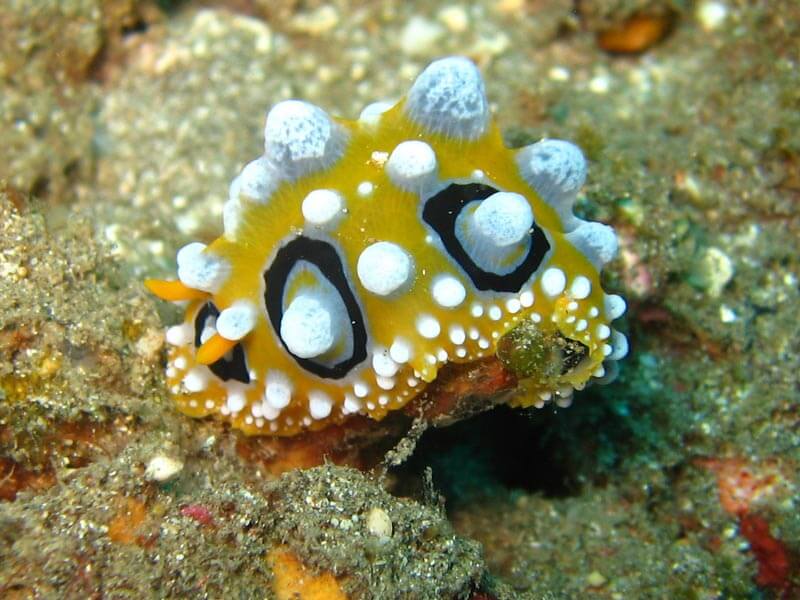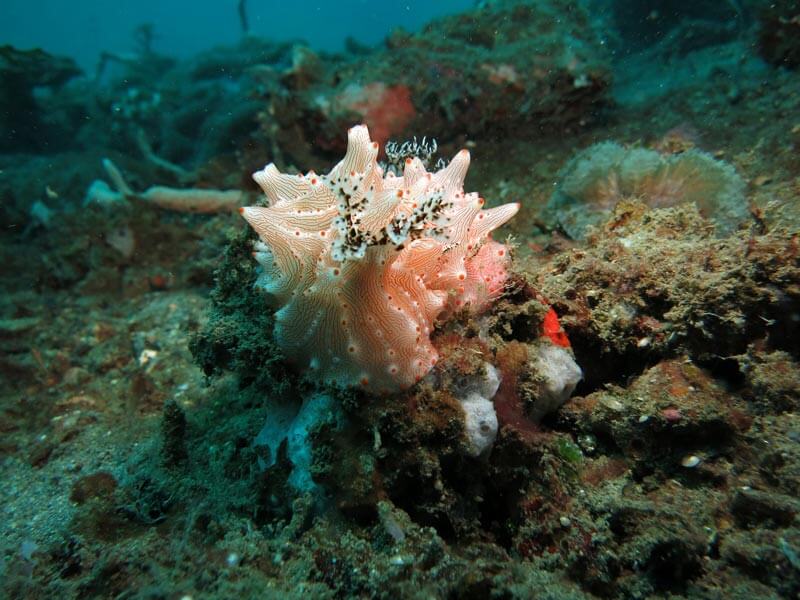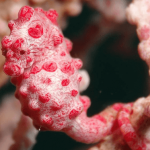Colorful nudibranchs can be found in every ocean the world over. They are enchanting to both scientists and divers. Here are some fascinating fats about these sea slugs:

- What they are – They are mollusks in the phylum Mollusca under the class Gastropoda. This means that they are in the same class as sea hairs, limpets, slugs and snails. As larvae, they tend to have a shell, but, when they mature the shell disappears. They also come with a foot and when they are young, they go through torsion, a process experienced by larvae. During this process, their top body turns a full 180° on that foot. This means that their Anus and gills are placed on their heads and the adults are asymmetrical.

- They are sea slugs – Even though every sea slug is a nudibranch, not every nudibranch is a sea slug. They get their name from their gills. It is the Latin Nudi (naked) and the Greek, Brankhia (gills) from which the name is derived. It is descriptive of the gill-like appendages which can be seen sticking out of their backs. In addition, nudibranchs come with tentacles upon their heads with which they get around, taste and smell. The scent receptors are found in the rhinophores. They tend to stick out and fish usually target them, but they can be withdrawn and hidden in pockets in the skin whenever they sense danger approaching.
- Species – There are as many as three thousand species of these nudibranchs. Furthermore, new species are being discovered from time to time. Their sizes range from tiny ones, only a few millimeters long and others that are twelve feet long. The really large ones can weigh as much as 3 pounds. If you have only seen one and think you have seen them all, you are sorely mistaken. Their variety is wide and they come in many different shapes and colors. Many of them have spots and stripes that are brightly colored and with appendages on their backs and heads that are very flamboyant. They can be found in every ocean and live in both cold and warm waters. It is even possible to find a nudibranch in a tide pool close to where you live. They can also be found in tropical coral reefs while one is diving or snorkeling. The coldest ocean waters also play host to nudibranchs. Basically, if you take the time to look for them, you will find them right under your nose.
That’s all about Nudibranchs, we hope this information will help you out to know more about this sea slug. If you are in Bali and you want to see Nudibranchs, come and diving in Abyss Ocean World! In our dive spots you will see more Nudibranchs!
Recommended Posts






